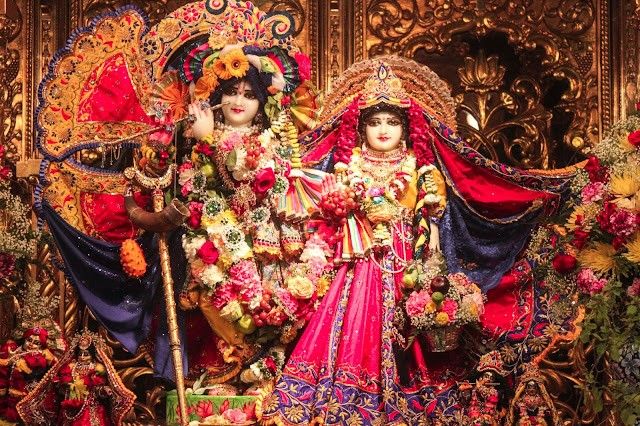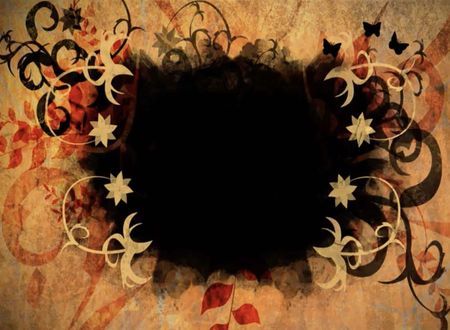If Lord Krishna has said so, it must be appropriate. Right? Basically there are two major paths to God-realization. One is Gyan Marg – the path of knowledge (knowing) or wisdom. And the other is Bhakti Marg – the path of devotion. In Gyan Marg – you basically negate everything outside of real You, while in Bhakti Marg you accept everything as God.
In Gyan you put burden on your own Self, and in Bhakti you put burden on God, who is basically outside of you – accepting that God exists as a personality & individuality. Even Karma Yoga percolates down to both these paths. If I am not the doer it is the Gyan Marg. If I do everything for God, it is Bhakti Yog. For details on this see Swami Ranganathananda’s book – “Universal Message of the Bhagwad Geeta”.
So, Lord Krishna has certified in the Bhagwad Geeta Chapter 12 about the Bhakti Yoga. From BG 12.2 to 12.12 the Lord has explained the awesomeness of Bhakti Yoga and how it is better than Gyan Yog. After that from BG 12.13 to 12.20, the Lord has explained the characteristics of an ideal Bhakta. He has mentioned the same in BG 6.46-47. Besides this, Shrimad Bhagvata Mahapuran is considered an encyclopedia of Bhakti. It has numerous stories of the Lord, His Bhakts (devotees) and their pastimes.
Dr. Edwin Francis Bryant has written – “Bhakti Yog – Tales and Teachings from the Bhagvata Purana” explaining the various aspects of devotion. He is an American Indologist. Currently, he is professor of religions of India at Rutgers University. He published & authored a number of articles on Vedic history, yoga, and the Krishna tradition. He received his Ph.D in Indic languages and Cultures from Columbia University in 1997.
The book is divided into 5 parts:
- Introduction to Bhakti Yoga
- Tales and Teachings from Bhagavata Purana
- Sri Krishna’s incarnation
- Chaitanya’s Shikshashtakam
- The Narada Bhakti Sutras
It is followed by Appendices and detailed notes (more than 100 pages).
Some excerpts from this book are:
- The name of Krishna, in contrast [to other worldly objects], is Krishna personally and immediately present in sonic form. Therefore, God can be directly experienced by reciting His name…Mantra, then, sometimes called nama-avatara, sonic incarnation, is infused with specific power, either by the Lord or great sages, and established a unique relationship with the Lord. (14-15)
- Kirtana eradicates the samskaras themselves, not just their karmic consequences, and hence is considered the supreme purifier. (16)
- The previous birth’s samskaras, latent memories, subconsciously reactivate in the mind, and one is automatically reattracted to the path, seemingly without (or despite) conscious deliberation. (49)
- …even if one is addicted to unwholesome behavior, adharma, one is still not excluded from performing bhakti. (52)
- The first seeds of bhakti are planted by association with and service to those who already have attained an attraction for the stories of Krishna. (212)
The book is extremely detailed with more than 600 pages. It freely quotes texts from the Bhagwad Geeta, Bhagwatam, Nectar of Devotion, Yoga Sutras of Patanjali, and Upanishads to corroborate its points. The first part itself is very detailed – covering points such as – The Practices of Bhakti, The Practitioner of Bhakti, The Object of Bhakti: Ishwara, Bhagwan, Brahman. The book also explains the Samkhya Philosophy in fair detail.









Comments & Discussion
5 COMMENTS
Please login to read members' comments and participate in the discussion.